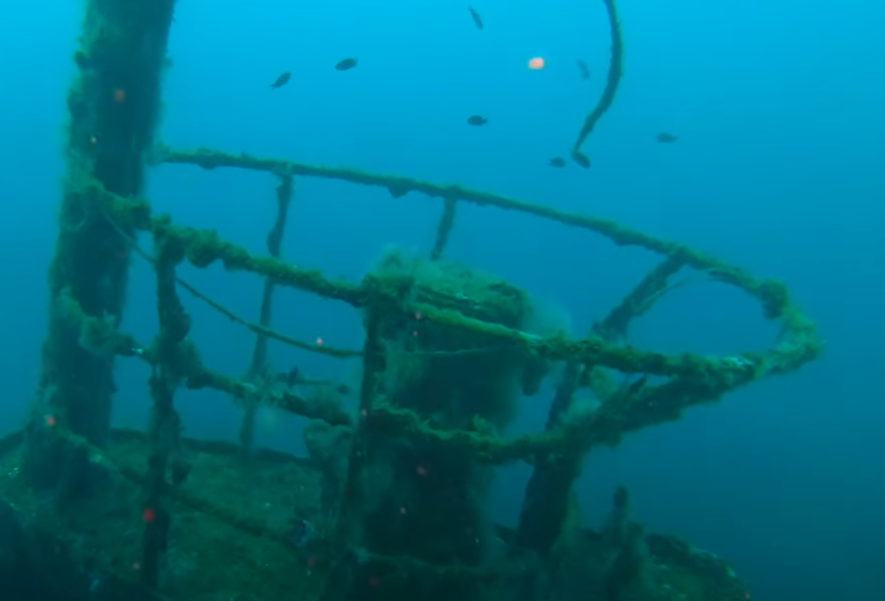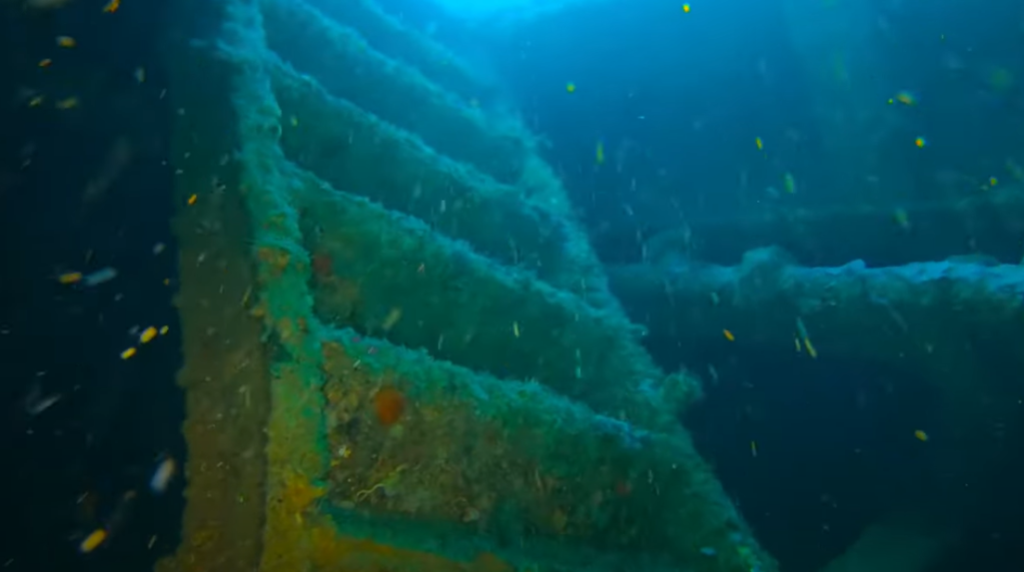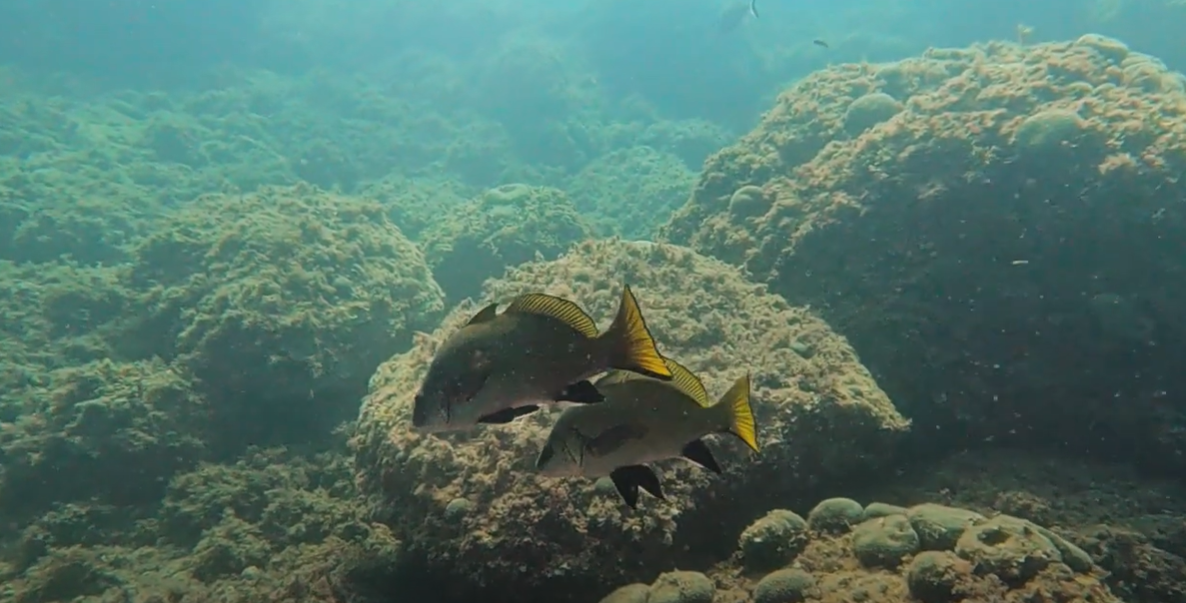The Costa Brava has always held a special place in my heart – not just for its dramatic clifftop villages and hidden coves that have captivated tourists for decades, but for what lies beneath its sparkling Mediterranean waters. Scuba diving in Spain Costa Brava represents some of Europe’s finest underwater experiences, where ancient Mediterranean ecosystems thrive alongside fascinating geological formations that tell stories stretching back millions of years.

From my first tentative descent into the protected waters of the Medes Islands nearly fifteen years ago to my most recent exploration of the challenging deep walls near Cap de Creus, this stretch of Catalonian coastline continues to surprise and delight me with its underwater diversity and sheer beauty.
Prime Diving Seasons: When the Costa Brava Shines Brightest
The Costa Brava’s position on Spain’s northeastern coast creates distinct diving seasons, each offering unique underwater experiences shaped by Mediterranean weather patterns and marine life cycles.
Spring (April to May) emerges as many experienced divers’ preferred season. Water temperatures climb from a brisk 16°C to a comfortable 20°C, whilst visibility often reaches spectacular levels of 40+ metres as winter storms settle and spring algae blooms haven’t yet developed. Marine life becomes increasingly active as breeding seasons approach, and you’ll witness behaviours rarely seen during other times of year. Accommodation costs remain reasonable, and popular dive sites retain their peaceful character before summer crowds arrive.
Early Summer (June to mid-July) provides what many consider perfect diving conditions. Water temperatures reach a delightful 22-25°C, making extended dives comfortable without excessive thermal protection. Visibility remains excellent at 30-35 metres, and marine life activity peaks as species engage in territorial displays and spawning behaviours. The weather is reliably settled, creating consistent diving opportunities even at more exposed sites.
High Summer (late July to August) brings the warmest water temperatures of 26-28°C, ideal for those preferring minimal wetsuit thickness. However, this period also sees the heaviest tourist influx, transforming peaceful coastal towns into bustling holiday destinations. Popular dive sites can become crowded, particularly around the Medes Islands, and accommodation prices reach their annual peak. Early morning dive departures become essential for avoiding crowds.
Autumn (September to October) might just be the Costa Brava’s best-kept diving secret. Water temperatures remain pleasantly warm at 22-25°C, tourist numbers decline dramatically, and marine life displays increased activity as species prepare for winter. Visibility improves significantly as boat traffic decreases, often exceeding 45 metres at offshore locations. This period offers excellent value for money whilst providing some of the year’s finest diving conditions.
Winter (November to March) challenges divers with cooler water temperatures of 13-17°C, requiring substantial thermal protection. However, those willing to brave the conditions are rewarded with extraordinary visibility that can exceed 50 metres and marine encounters that simply don’t occur during warmer months. Many dive centres reduce operations during this period, so advance planning becomes essential.
Legendary Dive Sites: Underwater Treasures of Catalonia
The Costa Brava’s underwater landscape reflects its dramatic surface topography, with rocky reefs, underwater canyons, and marine protected areas creating diverse diving opportunities along nearly 200 kilometres of coastline.

Medes Islands Marine Reserve stands as the undisputed crown jewel of Costa Brava diving. This small archipelago off L’Estartit has enjoyed protected status since 1983, creating one of the Mediterranean’s most successful marine sanctuaries. The result is breathtaking – groupers exceeding 50 kilograms patrol the reefs, whilst schools of barracuda create silvery tornadoes in the blue water. The underwater topography varies from gentle meadows perfect for novice divers to challenging walls and caves that test experienced underwater explorers. Night diving here reveals a completely different ecosystem, with lobsters, crabs, and nocturnal fish species creating an alien underwater landscape.

Cap de Creus Natural Park offers the Costa Brava’s most dramatic underwater topography. This protected area, where the Pyrenees meet the Mediterranean, creates underwater cliffs that plunge to depths exceeding 80 metres. The site’s exposure to northern winds creates challenging conditions that attract experienced divers seeking adventure. When conditions allow, the rewards are spectacular – walls covered in red gorgonians, encounters with large pelagic species, and visibility that seems to stretch forever. The area’s unique geology, with slate and schist formations, creates underwater landscapes unlike anywhere else in the Mediterranean.
Formigues Islands, a tiny archipelago near Palamós, provides intimate diving experiences in pristine waters. The islands’ protected status has allowed marine life to flourish, creating underwater gardens where nudibranchs, octopi, and small fish species thrive amongst colorful sponge formations. The site’s relatively shallow depths make it perfect for underwater photography, whilst the protection from prevailing winds ensures reliable diving conditions throughout most of the year.
Ullastres Underwater Canyon near Llafranc presents one of the Costa Brava’s most unique geological features. This submerged canyon system creates upwellings that attract pelagic species whilst providing shelter for resident Mediterranean fauna. The canyon walls support extensive gorgonian forests, whilst the sandy bottom harbours rays, flatfish, and occasionally angel sharks. The site’s varying depths accommodate divers of all experience levels.

For wreck enthusiasts, the Reggio Wreck near Palamós offers accessible historical diving. This Italian cargo vessel, sunk during World War II, now rests in 45 metres of water and has become an artificial reef supporting abundant marine life. The wreck’s structure remains largely intact, allowing penetration diving for appropriately qualified divers whilst providing excellent photography opportunities.

Getting There: Your Journey to Catalonian Waters
Barcelona Airport (BCN) serves as the primary gateway to the Costa Brava, offering excellent connections from throughout the UK with flight times averaging 2 hours. The airport’s proximity to Barcelona city centre, combined with efficient transport links north along the coast, makes it ideal for diving holidays. Both budget and full-service carriers operate this route regularly, with competition keeping prices reasonable throughout most of the year.
Girona Airport (GRO) provides a smaller but often more convenient alternative, particularly for those planning to stay in the northern Costa Brava. Several UK airports offer direct flights, though services can be seasonal. The airport’s smaller size means quicker processing times, and its location places you closer to prime diving areas around L’Estartit and Roses.
Overland travel from the UK, whilst time-consuming, allows transport of extensive diving equipment without airline restrictions. The drive through France provides stunning scenery and cultural experiences, whilst ferry crossings from Portsmouth or Plymouth to northern Spanish ports offer civilised alternatives to the long drive across France.
Rental cars become essential for exploring the Costa Brava’s diverse dive sites, as public transport doesn’t serve many coastal locations effectively. The region’s excellent road network makes even remote dive sites easily accessible, whilst most dive centres offer equipment transport services for boat-based diving.
Professional Diving Infrastructure
The Costa Brava’s diving industry has evolved significantly over recent decades, developing from basic holiday operations into sophisticated services that meet international standards whilst maintaining distinctly Catalonian character.
Unisub in L’Estartit has built an outstanding reputation for Medes Islands diving, offering small group experiences that maximise underwater time whilst minimising environmental impact. Their guides possess extensive local knowledge and consistently locate marine life that other operators miss. Their commitment to marine conservation adds educational value to every dive experience.

Poseidon Diving Centre near Palamós specialises in technical diving and cave exploration, utilising the Costa Brava’s unique geology for advanced training programmes. Their safety standards exceed industry requirements, and their equipment inventory includes the latest technical diving gear.
S’Algar Diving in Llafranc focuses on underwater photography workshops, taking advantage of the region’s excellent visibility and diverse marine subjects. They provide equipment rental for serious photographers whilst offering instruction that dramatically improves underwater image quality.
Equipment rental standards throughout the region maintain high levels, with most centres offering recent-model gear from established manufacturers. However, personal masks and fins remain advisable for comfort and hygiene, particularly during extended diving holidays.

Cultural Riches Above the Surface
The Costa Brava’s surface attractions complement its underwater treasures, providing perfect activities for surface intervals and non-diving companions.
Salvador Dalí Triangle offers surreal cultural experiences unique to this region. The Dalí Theatre-Museum in Figueres, his house in Port Lligat, and the castle in Púbol create a pilgrimage route through the artist’s life and work. These sites provide fascinating insights into one of the 20th century’s most enigmatic figures whilst showcasing the landscape that inspired his creativity.
Medieval villages throughout the interior provide authentic glimpses into Catalonian history. Pals, with its perfectly preserved stone streets and Gothic church, feels like stepping back centuries. Peratallada’s fortified walls and narrow alleys create an atmospheric setting for exploring traditional Catalonian culture. These villages also offer excellent restaurants serving local specialities that pair perfectly with regional wines.
Costa Brava coastal paths provide spectacular hiking opportunities with constant sea views. The Camí de Ronda follows ancient smugglers’ routes along clifftops, connecting hidden coves and fishing villages whilst offering perfect vantage points for planning future dive sites. The paths vary in difficulty, accommodating gentle walks or challenging hikes depending on preference.
Local markets throughout the region showcase Catalonian culture and cuisine. The Saturday market in Palafrugell offers everything from local produce to handcrafted goods, whilst the fish markets in ports like Palamós provide fascinating insights into local fishing traditions.
Barcelona excursions combine easily with Costa Brava diving holidays. The city’s architectural wonders, including Gaudí’s Sagrada Família and Park Güell, world-class museums, and vibrant food scene provide urban sophistication to complement coastal diving adventures.
Practical Diving Considerations
Costa Brava diving conditions generally favour comfortable underwater exploration throughout the extended season. Summer water temperatures of 26-28°C require minimal thermal protection, whilst winter conditions necessitate 7mm wetsuits or dry suits for extended comfort.
Visibility varies seasonally from 20-50+ metres, with autumn and winter generally providing the clearest conditions. The Mediterranean’s minimal tidal variation creates stable diving conditions, though the region’s exposure to northern winds can affect site accessibility, particularly at more exposed locations like Cap de Creus.


Marine life follows typical western Mediterranean patterns, with peak diversity occurring during late summer and autumn when water temperatures remain warm but increased nutrients support expanded food chains. The protected status of several key areas has allowed fish populations to recover significantly, creating marine encounters that rival anywhere in the Mediterranean.
Current rarely presents challenges except during adverse weather conditions, though some sites experience slight tidal streams that can affect navigation. The region’s generally benign conditions make it ideal for divers of all experience levels whilst providing sufficient challenge for technical divers seeking advanced experiences.
Concluding Thoughts On Scuba Diving In Spain Costa Brava
The Costa Brava’s underwater realm offers experiences that transcend typical Mediterranean diving expectations. The combination of protected marine areas, diverse underwater topography, and professional diving infrastructure creates opportunities for memorable underwater adventures regardless of experience level.
Whether seeking a gentle introduction to Mediterranean diving or challenging technical exploration, these Catalonian waters provide experiences that will leave lasting impressions. The region’s cultural richness above water adds depth to any diving holiday, creating comprehensive travel experiences that satisfy diverse interests.
After countless dives along this spectacular coastline, I remain convinced that the Costa Brava represents one of Europe’s premier diving destinations – a place where underwater excellence combines with cultural sophistication to create truly unforgettable experiences.
I really hope you enjoy your time here as much as I do.
Adios for now, Steve!



